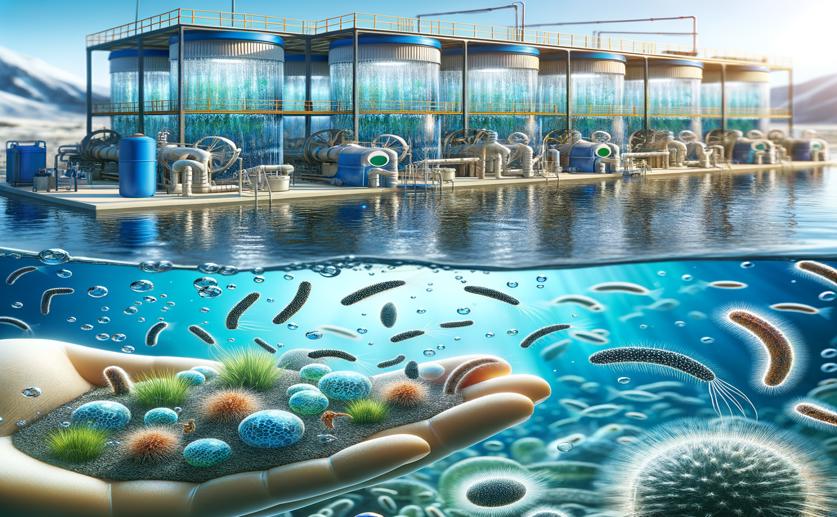
Improving Water Quality and Microbial Health in Integrated Aquaculture Ponds
Greg Howard
4th June, 2024

Image Source: Natural Science News, 2024
Key Findings
- Researchers at Shanghai Ocean University studied nitrogen removal in integrated multi-trophic aquaculture (IMTA) ponds
- Denitrification and anammox rates increased with longer cultivation periods and greater sediment depth
- The flux of nitrous oxide at the water-air interface remained stable regardless of cultivation periods
EnvironmentEcologyMarine Biology
References
Main Study
1) Nitrogen Removal Performance and Microbial Community Structure of IMTA Ponds (Apostistius japonicus-Penaeus japonicus-Ulva)
Published 3rd June, 2024
https://doi.org/10.1007/s00248-024-02378-z
Related Studies
2) Novel insights into aerobic denitrifying bacterial communities augmented denitrification capacity and mechanisms in lake waters.
3) Microalgae-based constructed wetland system enhances nitrogen removal and reduce carbon emissions: Performance and mechanisms.



 28th April, 2024 | Greg Howard
28th April, 2024 | Greg Howard